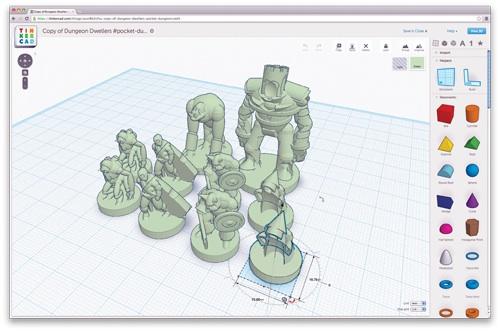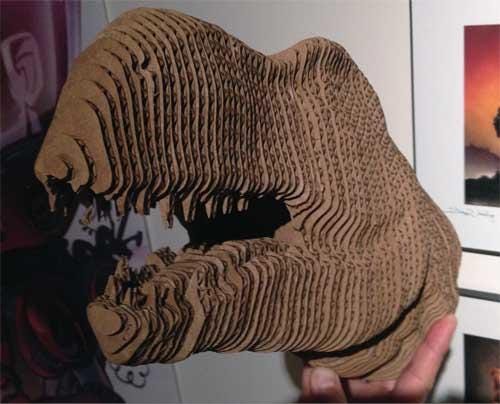Software Advances Do Their Part to Spur 3D Print Revolution
November 14, 2012

Much of the recent hype around 3D printing has been focused on the bevy of new, lower-cost printer models. Yet, significant improvements to content creation software on both the low and high end of the spectrum are also helping to advance the cause, making the technology more accessible and appealing to a broader audience.
While a staple of engineering circles for years, 3D printing has now come front and center, thanks to a slew of sub-$10,000 printer models like Makerbot's Replicator 2, Formlabs' Form 1, Stratasys' Mojo, and 3D Systems' Cube, to name a few.
Unlike the highly complex, expensive models, or the bare bones 3D printer kits of the past, these new offerings are packaged and tuned for use by mainstream consumers, hobbyists, design shops, small engineering departments, and what many are calling the next frontier of US manufacturing and innovation, the so-called "Maker Movement."

Along with the burst of "consumer-friendly," low-cost, 3D printer introductions, there's been a lot happening on the software side, particularly addressing the lower end of the market. New tools like Tinkercad, Autodesk's 123D portfolio, and Siemens PLM Software's Design1 are breaking the traditional CAD mold, serving up more intuitive user interfaces and doing away with many of the complexities that have limited anything beyond basic 3D modeling tasks to the domain of skilled CAD practitioners.
Accompanying the influx of easier-to-use 3D modeling tools, there has also been an explosion in the 3D ecosystem of 3D printing service bureaus, online maker communities, and crowd-sourcing sites. These venues have opened the floodgates for practicing engineers, designers, and hobbyists to come together to do everything from conceptualize, design, 3D print, and even raise seed money for production-scale manufacturing, all in their quest to produce the next great product.
"Most people like to create things and want to build things, but the costs have been too high," Mark Burhop, program director, mainstream engineering ecosystem at Siemens PLM Software, said in an interview. What's happening, says Burhop, citing the intense interest in 3D printing as a key data point, "is the larger trend of providing the capability to design, make, and create things to a wider demographic."
Heading toward the cloud
Startup Tinkercad definitely saw an opportunity to change the game, and not just to make 3D CAD and 3D printing more appealing to a non-technical, consumer audience. The software, which leverages the cloud, a browser-based interface, and a sophisticated, custom geometry kernel, employs simple concepts like shapes as the building blocks for creating 3D models, yet it still fits the needs of professionals who may have previously outsourced the heavy lifting design work to a professional engineering shop.
Now, those same professionals can handle a lot of that work on their own, according to Kai Backman, Tinkercad's co-founder. "The concept is to be able to take your idea and turn it into a viable solid model pretty quickly," he told us.
About the Author(s)
You May Also Like



